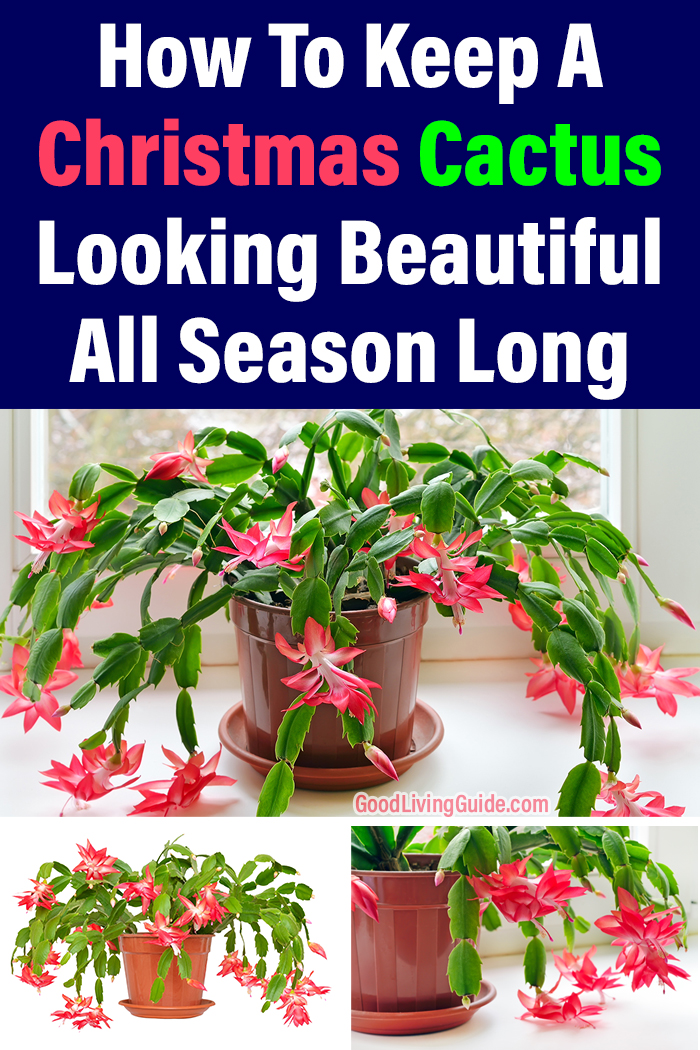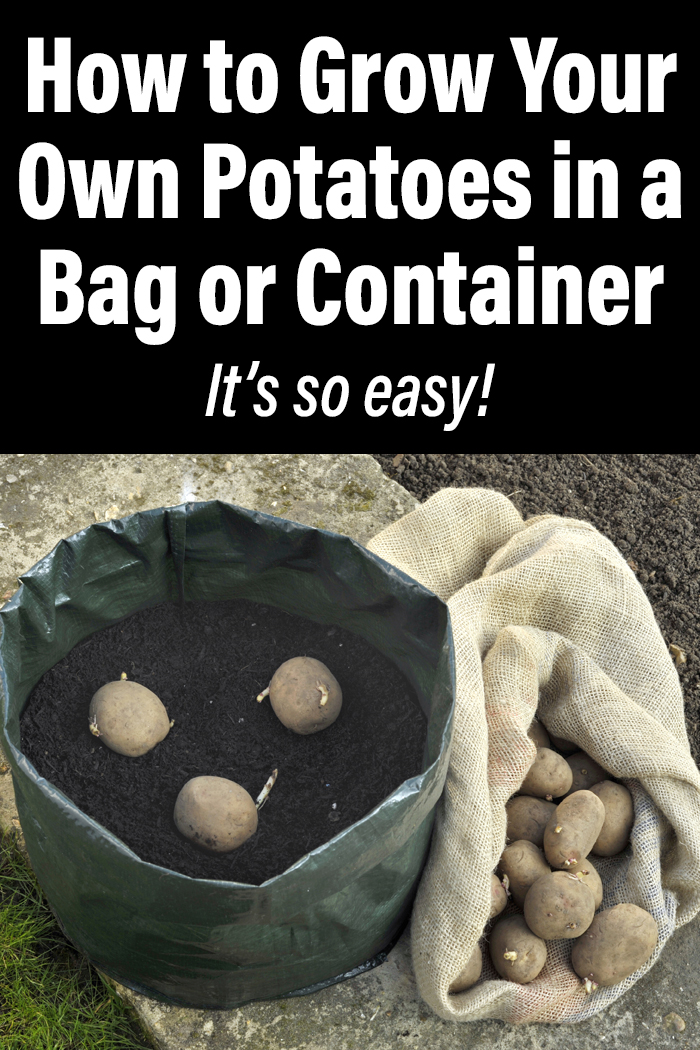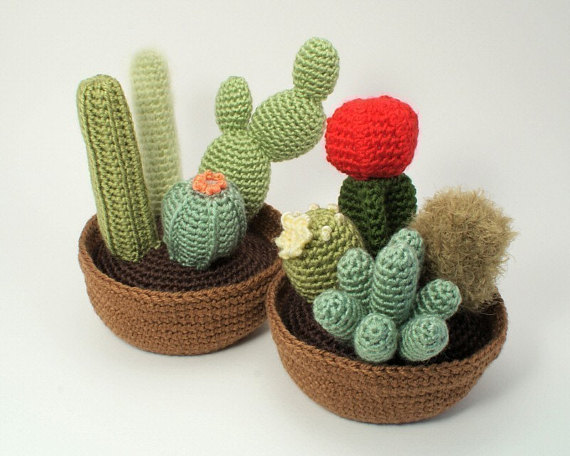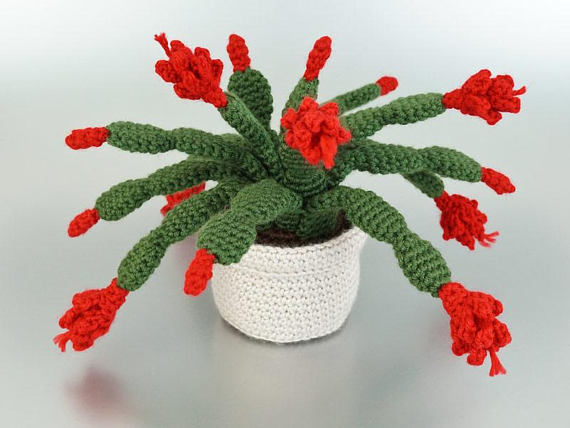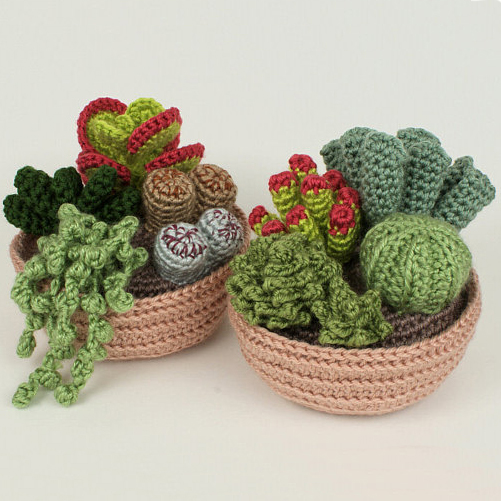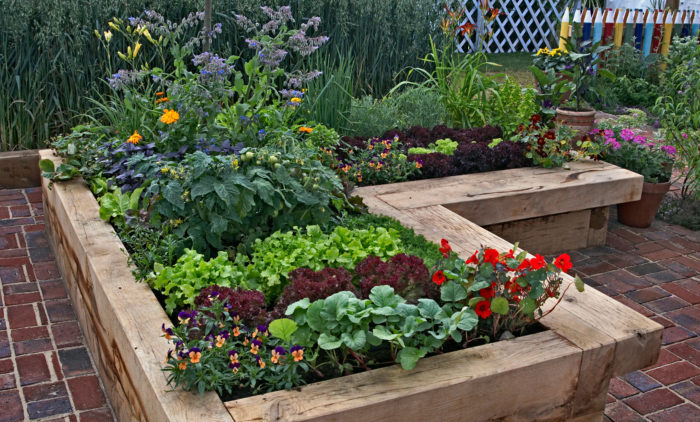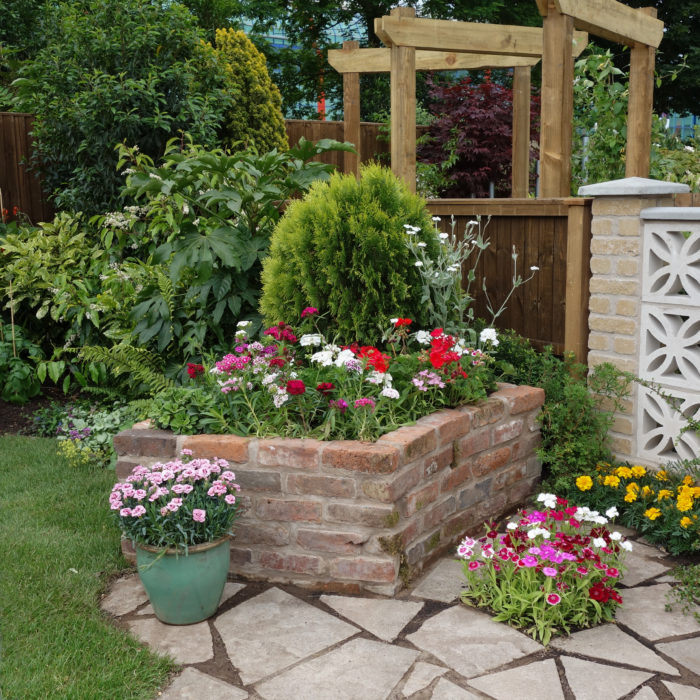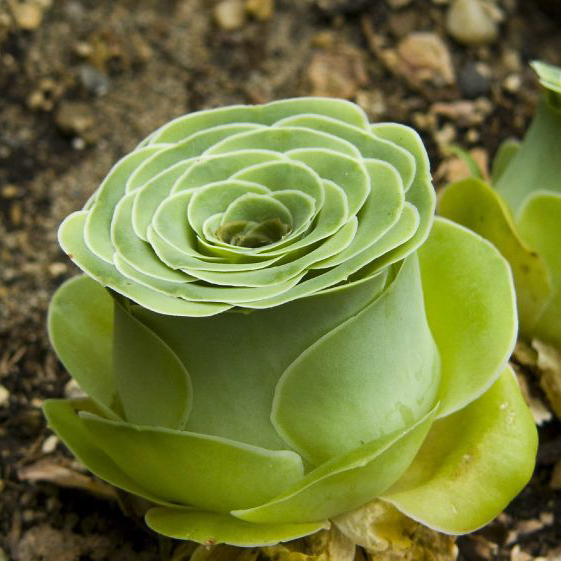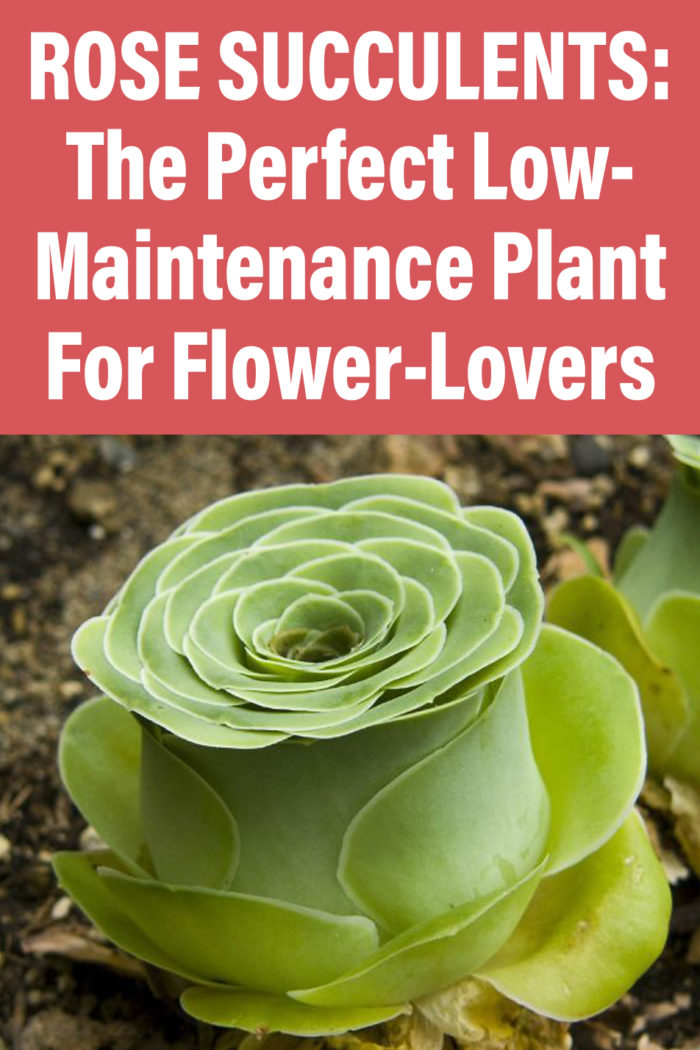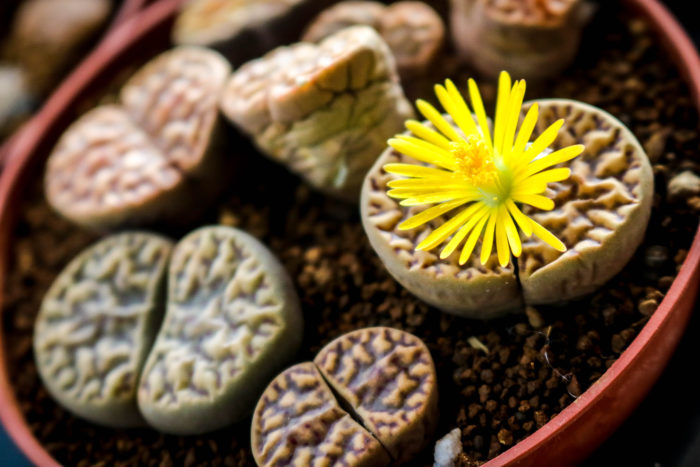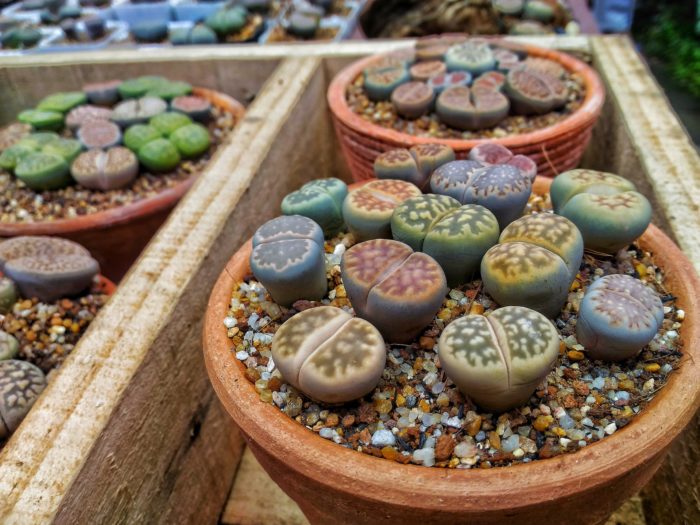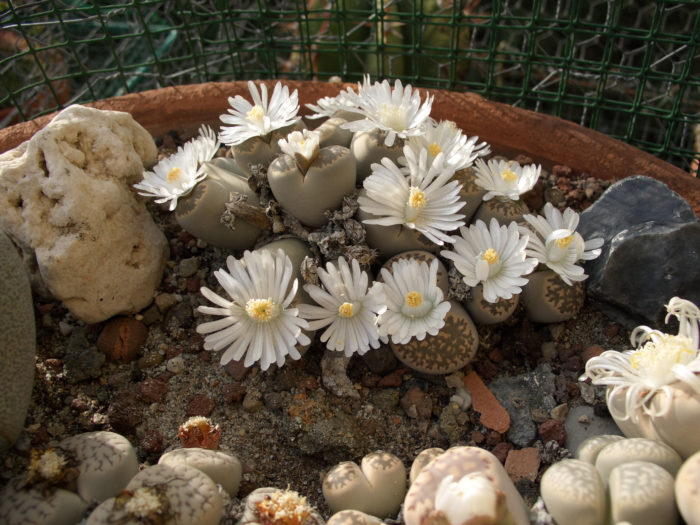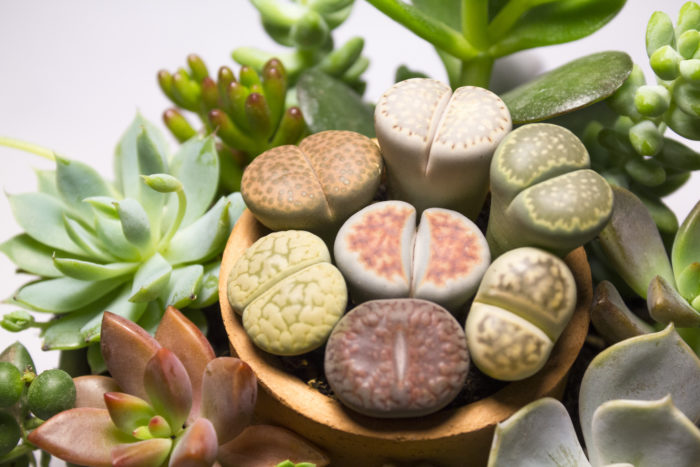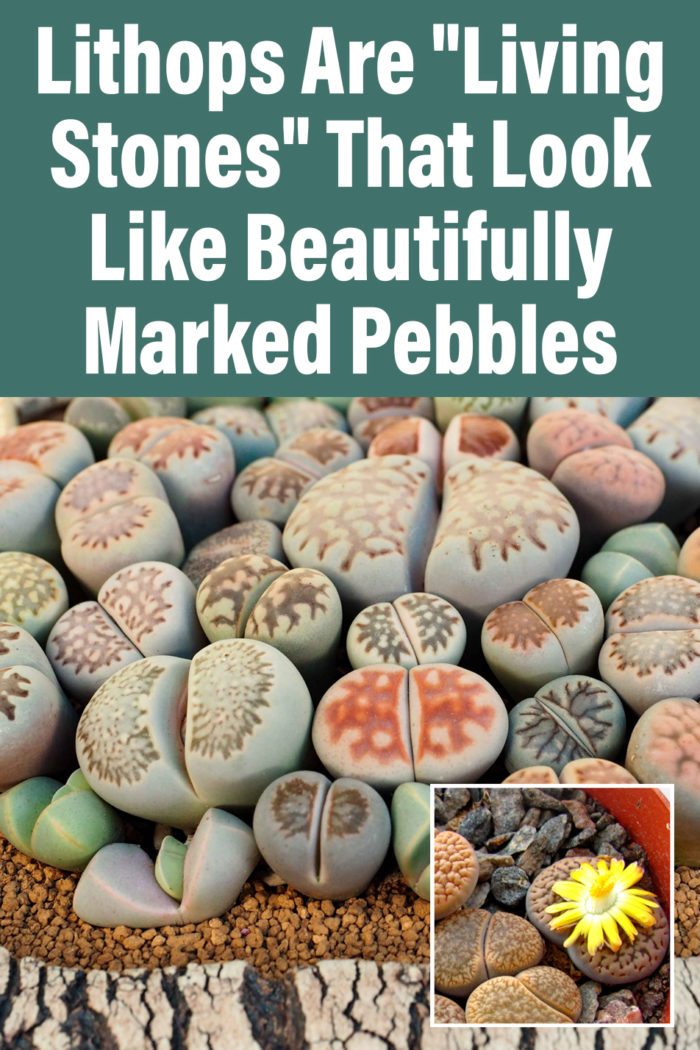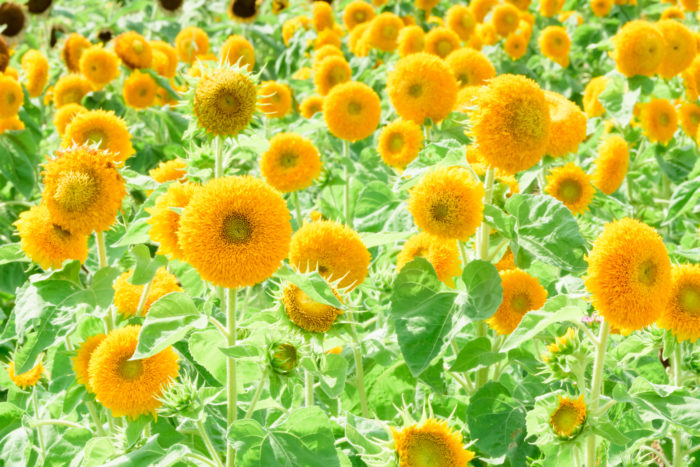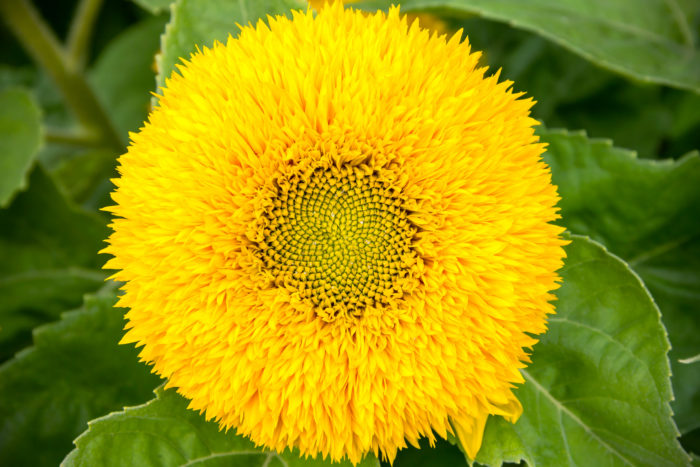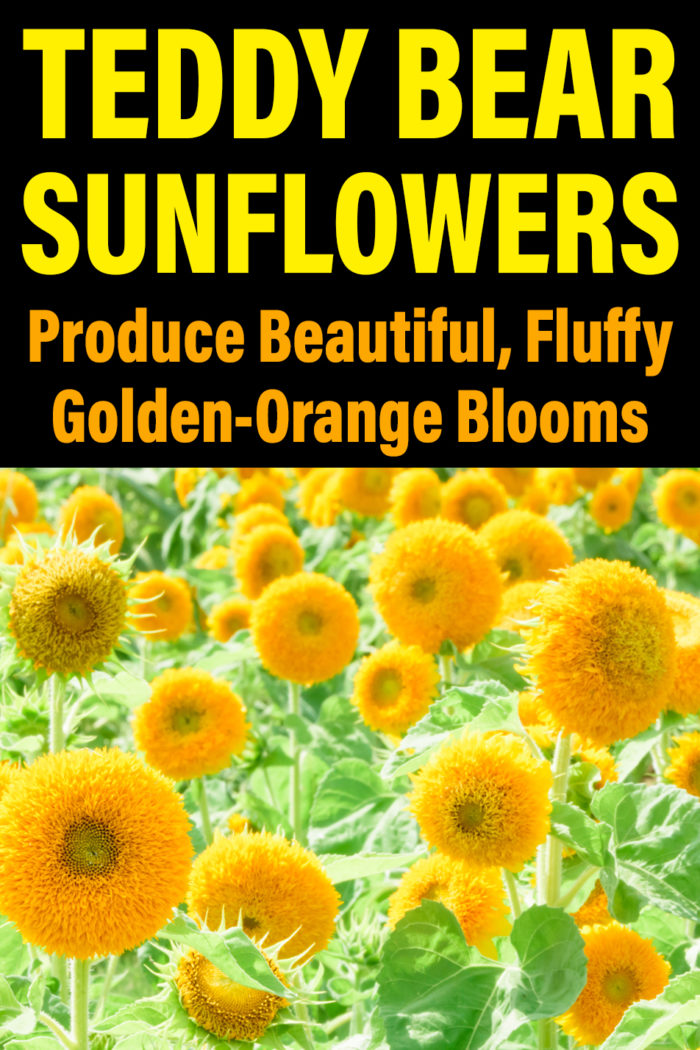A Flourishing Canvas of Nature
Meadowscaping is the practice of transforming your lawn into a vibrant tapestry of native wildflowers and grasses. This approach mimics natural meadows, creating a low-maintenance and ecologically beneficial landscape. Forget the monotony of a single-species lawn; meadowscapes boast a dazzling display of colors and textures throughout the growing season, attracting a diverse array of butterflies, hummingbirds, bees, and other pollinators.
Ditch the Mower, Embrace the Beauty: A Guide to Meadowscaping
The traditional lawn represents a picture-perfect symbol of a well-maintained property for many homeowners. However, maintaining a lush green carpet often involves backbreaking labor, mountains of water, and a reliance on chemical fertilizers and herbicides. Thankfully, a more sustainable and visually stunning alternative is gaining popularity: meadowscaping.
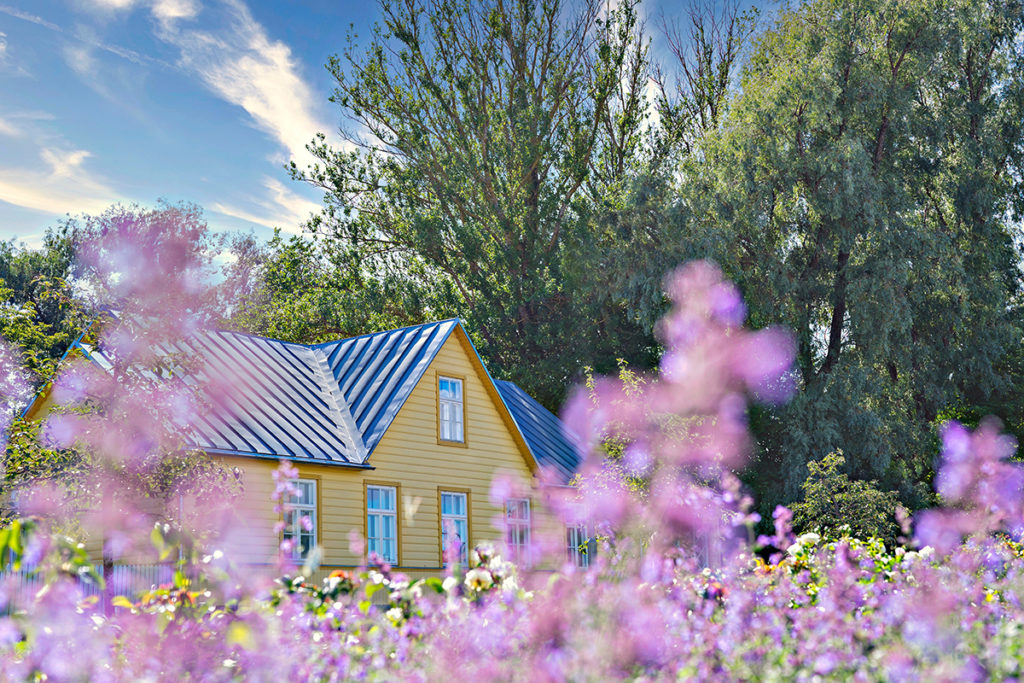
The Environmental Powerhouse
The ecological benefits of meadowscaping are undeniable. Unlike traditional lawns, meadows require significantly less water. Native plants are adapted to local conditions, thriving with minimal irrigation. This translates to reduced water usage, a crucial factor in drought-prone areas.
Meadowscaping also promotes biodiversity. The diverse mix of plants provides vital food sources and shelter for pollinators, whose populations are facing alarming declines worldwide. These colorful visitors play a critical role in our ecosystem, ensuring the healthy reproduction of many flowering plants, including fruits and vegetables.
Furthermore, meadowscapes act as natural filters for rainwater. Their deep root systems help reduce soil erosion and stormwater runoff, which can carry harmful pollutants into streams and rivers. Additionally, they help diminish the urban heat island effect, a common environmental problem in which cities experience higher air temperatures than outlying areas due to the abundance of heat-absorbing surfaces.
The Low-Maintenance Advantage
One of the most attractive aspects of meadowscaping is the significant reduction in maintenance required compared to a traditional lawn. Forget the weekly chore of mowing. Meadows typically require just one or two mowings per year, allowing you to reclaim precious weekend hours. Additionally, meadows suppress weed growth naturally, eliminating the need for harsh herbicides. They also require minimal fertilization, as the diverse plant life creates a healthy and balanced ecosystem within the soil.
Aesthetics for Every Taste
Meadowscaping offers a surprising level of aesthetic flexibility. You can dedicate an entire yard to a wildflower haven or create smaller pockets of meadows throughout your landscape. Meadows can act as stunning borders, soften the edges of patios, or provide a colorful backdrop for other plantings.
Planning Your Meadowscape Paradise
Getting started with meadowscaping is easier than you might think. The first step is to assess your existing lawn and soil conditions. American Meadows offers a wide variety of wildflower seed mixes specifically formulated for different regions and sun exposure levels. These mixes ensure a vibrant and flourishing meadow tailored to your specific location.
Seeding your meadow can be done in the spring or fall, depending on your climate and chosen seed mix. Proper soil preparation is critical, and American Meadows also offers resources and guidance on this important step.
A Few Considerations
While meadowscaping boasts numerous benefits, there are a few potential drawbacks to consider. First, meadows require a shift in perspective. Unlike the manicured uniformity of a traditional lawn, meadowscapes embrace a more natural, wildflower aesthetic. This may not appeal to everyone.
Secondly, during the establishment phase (typically the first year), your meadow may appear less polished than a traditional lawn. However, with proper planning and plant selection, your patience will be rewarded with a flourishing and low-maintenance paradise in the years to come.
Finally, some invasive plant species can pose a challenge in newly established meadows. However, diligent weeding during the first year and the competitive nature of a diverse plant community can help mitigate this issue.
Embrace the Change
Meadowscaping offers a win-win scenario for homeowners and the environment. By embracing this sustainable and visually stunning approach, you can create a haven for pollinators, conserve water, and reclaim your weekends from the relentless chore of mowing. With some planning and the right resources, you can transform your yard from a monotonous green expanse into a flourishing canvas of nature’s beauty.

